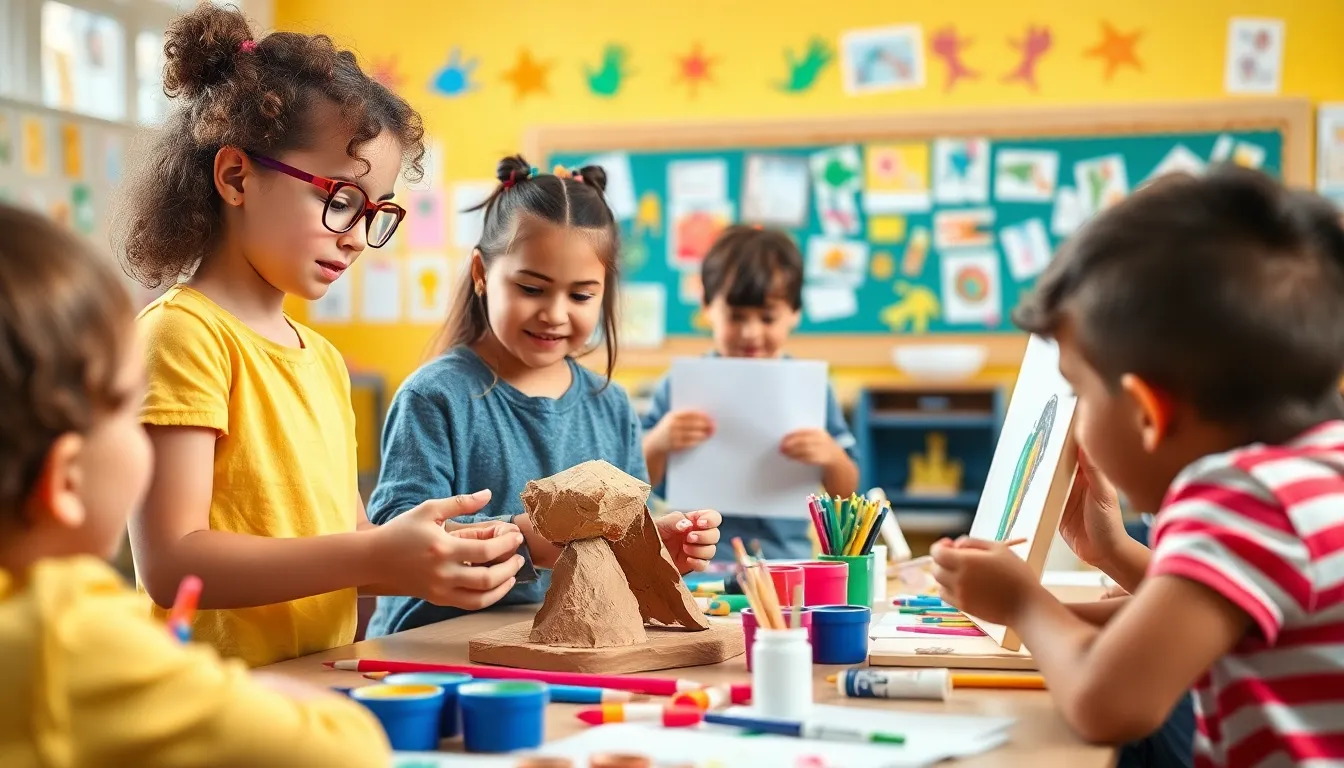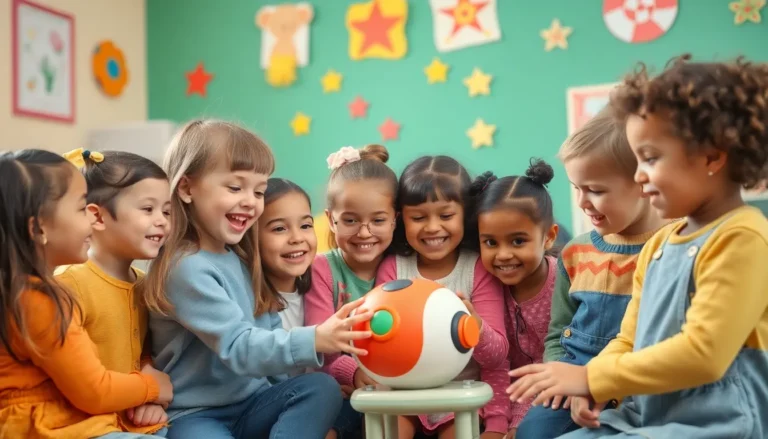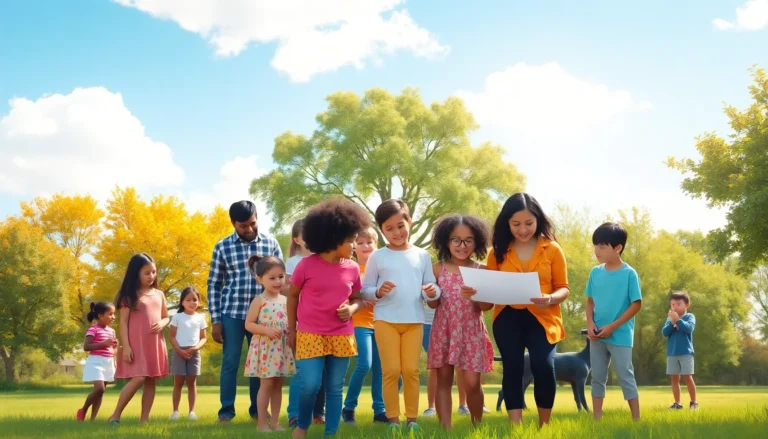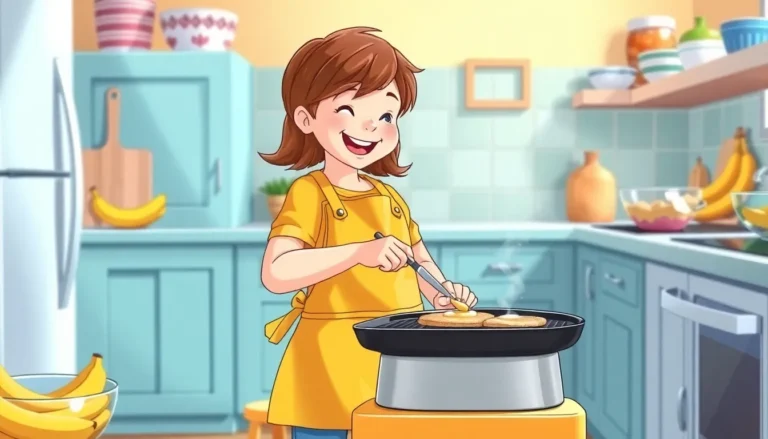Table of Contents
ToggleClassrooms don’t have to be all about textbooks and lectures. They can be vibrant hubs of creativity where students unleash their inner Picassos or Einsteins. Imagine a space where learning transforms into making—fun projects that not only engage but also ignite curiosity. It’s time to swap the mundane for the magnificent!
Creative Projects for Students
Classrooms can support creativity through a variety of engaging projects. Students engage in hands-on activities that promote collaboration and innovation.
Arts and Crafts Ideas
Students can explore their artistic abilities with simple crafts. Paper mâché projects encourage creativity while enhancing fine motor skills. Painting on canvases allows self-expression and introduces color theory. Vision boards cultivate goal-setting habits through collage-making. Origami teaches patience and precision with paper folding techniques. Creating handmade cards for special occasions fosters thoughtfulness and communication.
Science Experiments
Hands-on science experiments inspire curiosity and critical thinking. Simple chemical reactions, such as baking soda and vinegar volcanoes, demonstrate basic principles of chemistry. Growing crystals using sugar or salt illustrates the process of crystallization. Building a homemade weather station offers insights into meteorology while allowing students to track real-time changes. Conducting chromatography with markers reveals the beauty of pigments. Designing a mini-rocket launches students’ interest in physics and engineering concepts.
Educational Activities
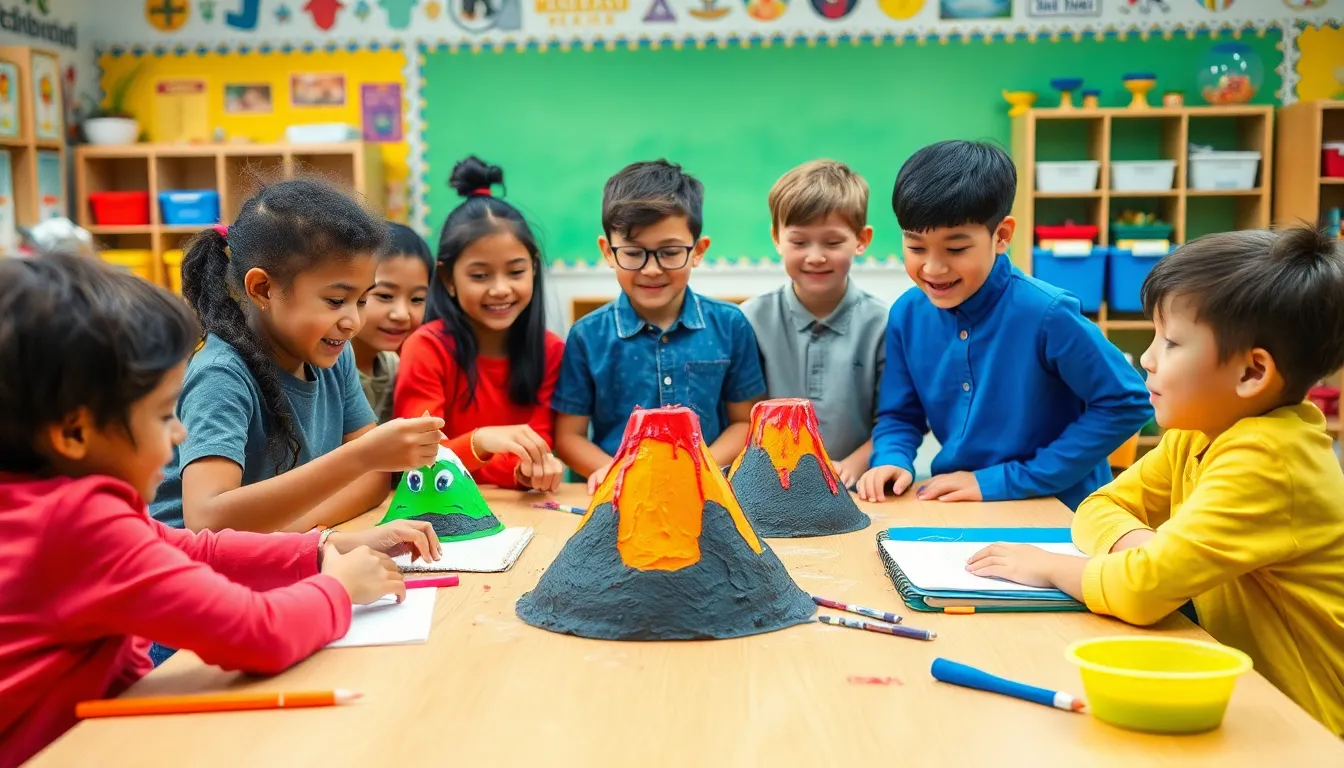
Classrooms thrive on creativity and innovation through educational activities. Engaging projects enhance learning experiences and foster collaboration among students.
Hands-On Learning
Experiential learning captivates students’ attention. Activities like paper mâché or painting allow them to express individuality while developing fine motor skills. Students enjoy creating 3D models that reinforce concepts in science and art. Building a weather station makes fundamental meteorology tangible. Completing a chromatography experiment reveals the science of colors in a fun way. Additionally, baking soda and vinegar volcanoes engage students in chemistry by demonstrating chemical reactions. Each hands-on experience deepens understanding and sparks curiosity.
Group Projects
Group projects encourage collaboration and communication. Students benefit from sharing diverse perspectives while working together on tasks. Crafting vision boards is a popular choice, allowing students to visualize goals collectively. Designing mini-rockets as a team fosters problem-solving and engineering skills. Students also gain insight by participating in challenges like building a bridge from straws, emphasizing critical thinking and cooperation. These collaborative efforts not only enhance subject comprehension but also build essential social skills.
Fun and Engaging Crafts
Crafts engage students creatively, offering opportunities for hands-on learning. Seasonal projects and themed activities stimulate interest and excitement.
Seasonal Decorations
Creating seasonal decorations adds a festive touch to classrooms. Students can craft ornaments, garlands, or wreaths tailored for holidays like Halloween or Christmas. Using materials like colored paper, scissors, and glue, they can explore various art techniques. For example, making pumpkin decorations involves folding and cutting paper to create unique shapes. Students can display their work, enhancing classroom ambiance and promoting pride in their creations.
Themed Projects
Themed projects encourage students to dive deep into specific topics. For instance, a marine life theme allows students to design sea creature models using recycled materials. Each student can research different species while actively participating in crafting. Another idea includes creating storybook worlds where they illustrate scenes or characters from favorite reads. Students learn about storytelling while developing artistic skills, making these projects both educational and enjoyable.
Embracing creativity in the classroom transforms learning into an engaging experience. By integrating hands-on projects students not only grasp academic concepts but also develop essential life skills. Activities like crafting and science experiments foster curiosity and collaboration, making education more dynamic and enjoyable.
These creative endeavors encourage self-expression and teamwork while reinforcing knowledge retention. As students explore their interests through interactive projects they cultivate a sense of pride in their work. Ultimately this shift towards experiential learning paves the way for a richer educational journey that nurtures both intellect and imagination.

